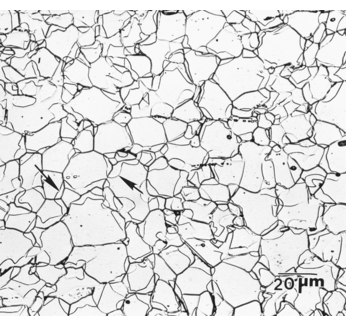Finding Standards

What are standards?
Standards are guidelines or rules for products, processes, test methods, or materials.
These are created to produce a level of uniformity, interchangeability, reliability, or means of comparison.
Standards influence daily life including our method of communication, the products we use, how we travel to work, and what we eat.




